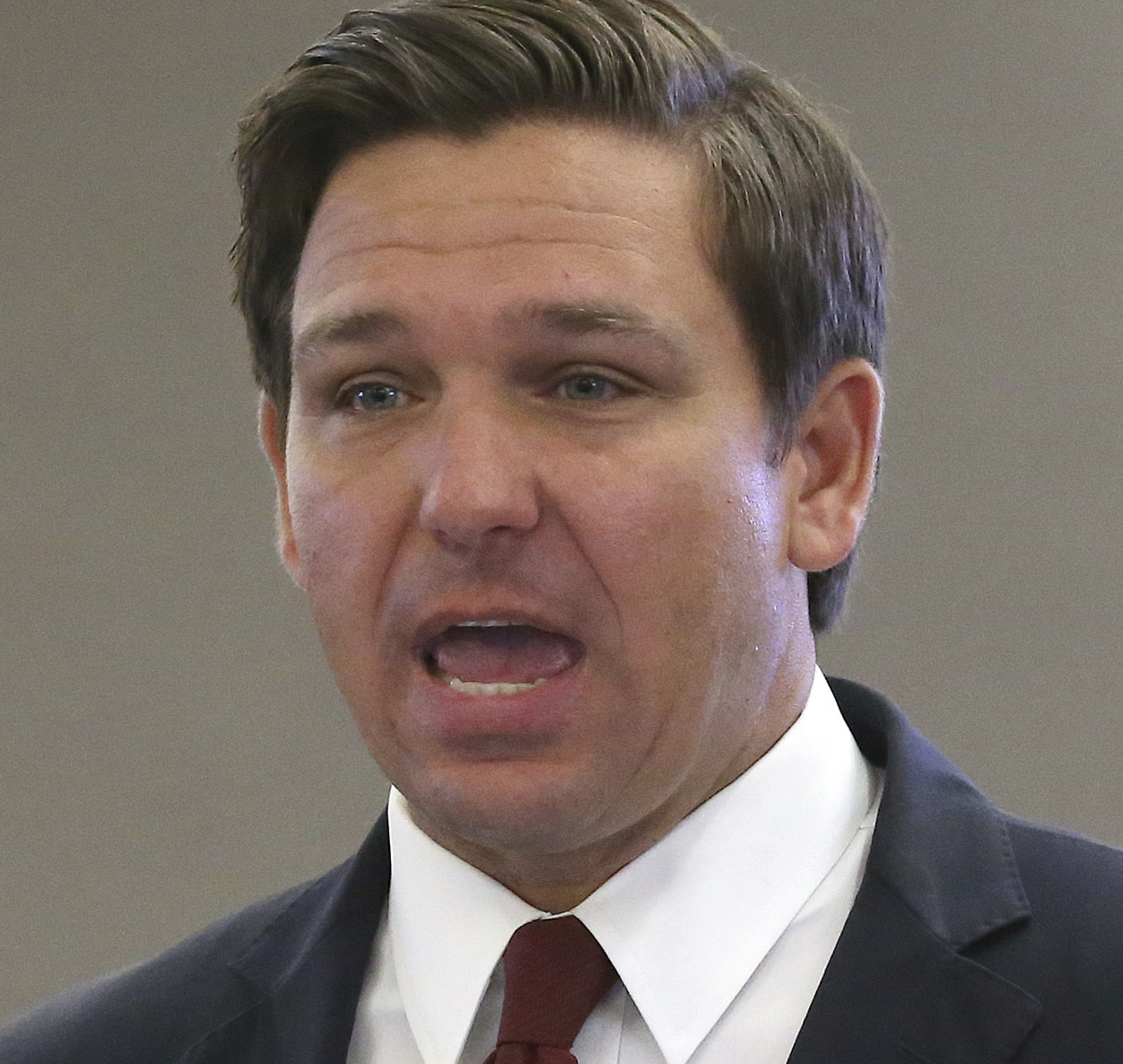Build reservoir near Lake Okeechobee
Ron DeSantis
"We need the reservoir south of Lake Okeechobee. I will be able to get that done."
DeSant-O-Meter

Compromise
Our only agenda is to publish the truth so you can be an informed participant in democracy.
We need your help.